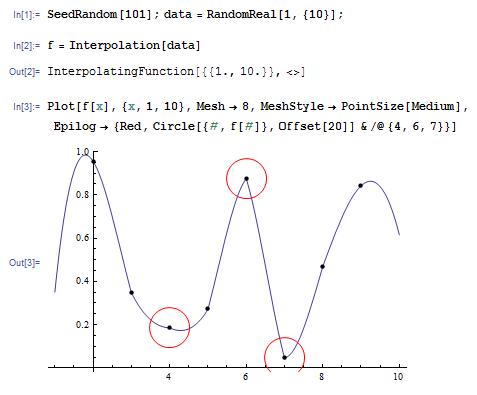I'm looking for some explanation or advice, not help in solving something. Recently I finished my program and my supervisor said "Ok, now it's time for your first paper: write a scientific text about how your program works". If I understand him correctly it means I have to describe the algorithm I used instead of writing in a manner like "for this purpose I use the built-in Interpolation function, and for this purpose I use NDSolve" etc. I know how FindRoot and NDSolve work because there is an explanation in the doc pages about the methods they use, but I did not find detailed information about Interpolation. The only thing I know it fits with polynomial curves.
So my question is: What exactly does the Interpolation function do? How does it work? How does it determinate (partial) derivatives? And why do 3D data points have to be situated in rectangle order to interpolate a surface?
If there is some literature I may read and then reference it would be great too.



